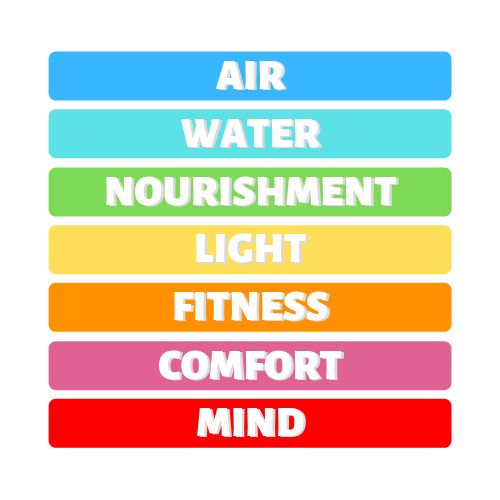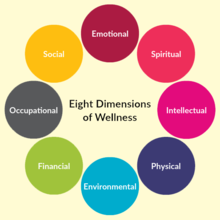

The construction and lighting design industry have made huge efforts over the last decade, working
towards a better built environment, greener more energy efficient solutions, in view to creating
environmentally conscious building practices. On the lighting side it has long been the case of
striking a balance between standards, cost, and environmental impact, whilst dealing with emotive,
creative aspects.
Now more recently, a further consideration is being introduced, which could have a huge impact on
our industry: Human Centric Lighting.
At Lighting Design Studio, studies undertaken in the past into how light can affect us, often
influence our design decisions. For example light can be used to draw attention to objects ( LaGiusa
and Perney, 1974) move people in a desired direction (Baron et al., 1992 McClougan et al., 1999),
influence our buying decisions (Heschong Mahone Group 1999). Human Centric Lighting goes one
step beyond these previous studies and puts focus on both the visual and non-visual aspects of
lighting.
So, what is the WELL standard in respect to this? And what does it mean in terms of lighting?
Produced by Delos Living LLC of New York, the WELL standard is the first of its kind that ‘focuses
solely on the health and wellness of building occupants’. It does this by identifying ‘100 performance
metrics, design strategies and policies’ that can be implemented by the owners, designers,
engineers, contractors, users and operators of a building, in the form of a 246 page guide.
It takes a holistic approach, with a performance matrix for a building that considers air, nourishment,
light, fitness, comfort and mind. In respect to light, ‘The WELL Building Standard® for Light provides
illumination guidelines that are aimed to minimize disruption to the body’s circadian system, so it
enhances productivity, support good sleep quality and provides appropriate visual acuity where
needed.’

So how do we implement this lighting approach to meet the WELL standard? Well you are more than
welcome to give us a call here at the Lighting Design Studio to help out with any project
requirements you may have, but to get you started we have listed and abbreviated the 11 topics
that are most important for the lighting, and expanded a little on why they are of importance.
To support visual acuity by setting a threshold for adequate light levels and requiring luminance to
balance within and across indoor spaces. This involves maintaining an ambient zoned light level
and managing brightness strategies.
To support circadian health by setting a minimum threshold for daytime light intensity. Light
calculations to show that at least 250 equivalent melanopic lux is present at 75% or more of
workstations.
To minimize direct and overhead glare by setting limits on the luminous intensity of luminaires.
To avoid glare from the sun by blocking or reflecting direct sunlight away from occupants.
Considered spatial orientation to control excessive brightness at workstations. Requires window
shading for all glazing less than 2.1m above the floor, blinds and shading systems.
To minimize visual discomfort by situating computer monitors in a way that avoids glare and
luminance contrast.
To enhance spatial aesthetics and colour differentiation using lamps with quality colour rendering
abilities. States a. Color Rendering Index Ra (CRI, average of R1 through R8) of 80 or higher. 80 b.
Color Rendering Index R9 of 50 or higher.
To increase overall room brightness through reflected light from room surfaces and avoiding glare.
Establishes parameters for the reflective quality of surfaces.
Automated shading and dimming controls
To prevent glare and encourage reliance on natural light through automated shading and dimming.
Requires automatic shading devices and responsive light control.
To promote exposure to daylight and views of varying distances by limiting the distance
workstations can be from a window or atrium.
To support circadian and psychological health by setting thresholds for indoor sunlight exposure.
Daylight autonomy for at least 55% of space, limit on areas receiving more than 1000lux
Provides percentage values on window sizes to ensure enough access to natural light to support
occupant mood, alertness and overall health.
WELL is a dynamic rating system launched in 2014, and there is certainly an argument for more
research to support the standard. It would certainly be interesting to see how real
life experiences stack up with the claims, now it has been running for 5 years. That said, the
document is backed up by a large quantity of scientific studies shown in the appendices, and as the
approach is a paradigm shift in how we approach lighting right now, it’s no surprise that it is yet to
be adopted universally by all industry bodies.
One thing that stands out is that a WELL project relies on many aspects that cross different
disciplines, it’s not just enough to specify a product and claim that it will comply, instead requiring a
more joined up approach, which let’s face it, can’t be a bad thing for all involved.
This is clearly massive a step in the right direction, with the emphasis on our well being at the heart
of every WELL project. Several buildings have already been commissioned, such as 22 Bishopsgate in
London and more information can be found at (www.wellcertified.com) .